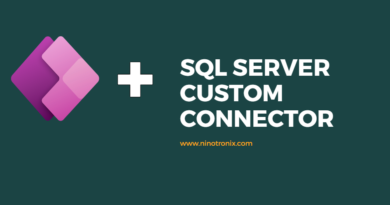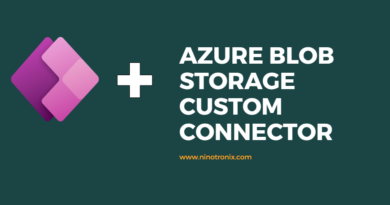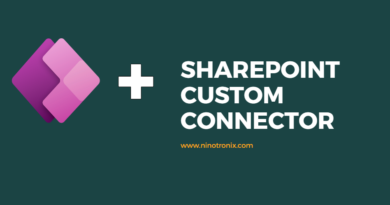How to create Microsoft Graph custom creator for PowerApp
Creating a custom connector for Microsoft Graph in PowerApps allows you to integrate with various Microsoft 365 services, such as users, groups, calendars, and files. Here are step-by-step instructions on how to create a Microsoft Graph custom connector:
Step 1: Sign in to PowerApps
- Go to the PowerApps website (https://powerapps.microsoft.com) and sign in with your Microsoft account.
Step 2: Create a new custom connector
- Click on “Create” in the left-hand menu.
- Select “Custom connector” under the “APIs” section.
Step 3: Provide connector details
- In the “General” tab, give your connector a name (e.g., “Microsoft Graph Connector”) and a unique ID.
- Optionally, you can add an icon and a description for the connector.
Step 4: Set up authentication
- In the “Security” tab, select the authentication type. For Microsoft Graph, you can choose “OAuth 2.0”.
- Provide the necessary details, such as the “Authorization URL” and “Token URL”. You can find these details in the Microsoft Azure portal.
Step 5: Define actions and triggers
- In the “Definition” tab, you can define actions and triggers for your custom connector.
- To create an action, click on “New action” and provide a name, description, and request details. For example, you can create an action to get a user’s profile information.
- To create a trigger, click on “New trigger” and specify the event that should trigger the action. For example, you can create a trigger when a new email arrives in a user’s mailbox.
Step 6: Configure actions and triggers
- For each action and trigger, configure the request details, including the HTTP method, URL, headers, and request body.
- Use the Microsoft Graph API documentation (https://docs.microsoft.com/en-us/graph/api/overview?view=graph-rest-1.0) to understand the required parameters and request structure.
Step 7: Test the connector
- In the “Test” tab, click on “New connection” and authenticate with your Microsoft 365 account.
- Test each action and trigger by providing sample data and verifying the responses.
Step 8: Save and publish the connector
- Once you have defined and tested all the actions and triggers, click on “Save” to save the connector.
- Optionally, you can click on “Publish” to make the connector available to other users in your organization.
Step 9: Use the connector in PowerApps
- Open your PowerApps application and go to the screen where you want to use the Microsoft Graph connector.
- Add a control that can trigger the action or respond to the trigger (e.g., a button or a data card).
- Configure the control to use the Microsoft Graph connector and select the desired action or trigger.
Step 10: Test the integration
- Preview or publish your PowerApps application and test the integration with Microsoft Graph.
- Verify that the actions are performed correctly and triggers are activated when expected.
By following these steps, you can create a custom connector for Microsoft Graph in PowerApps and integrate with a wide range of Microsoft 365 services. Custom connectors provide powerful integration capabilities, enabling you to extend the functionality of your PowerApps and interact with various Microsoft services and data.




